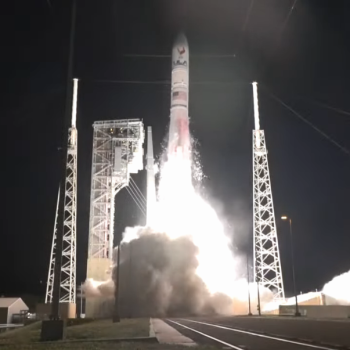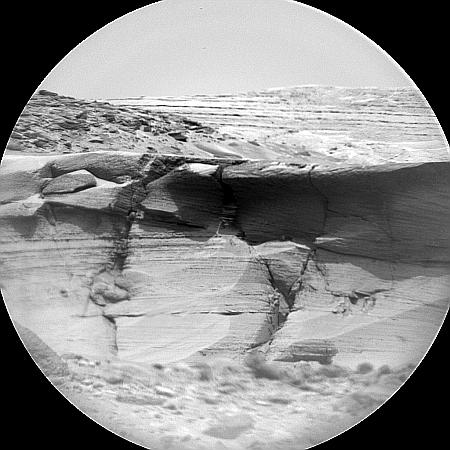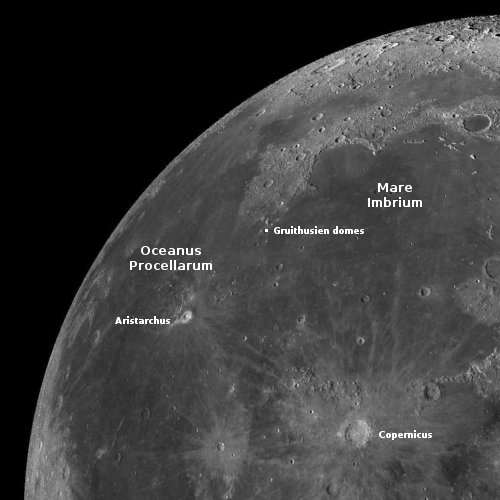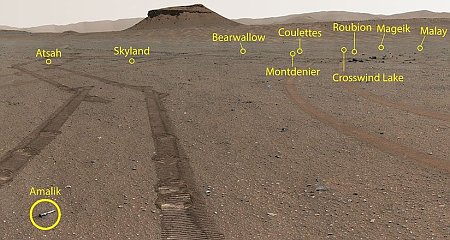Starliner launch in mid-April continues on target
In an update today from NASA, it appears the first manned flight of Boeing’s manned Starliner capsule remains on target for a mid-April launch on a ULA Atlas-5 rocket.
Engineers continue to analyze the data from the recent parachute drop test that appeared to prove out the redesign of the capsule’s parachutes. Also, the work to replace or mitigate the flammable tape in the capsule has been completed.
Boeing completed removal of P213 tape that may have posed a flammability risk in certain environmental conditions. Boeing removed more than 17 pounds, or roughly 4,300 feet, of the material from the Starliner crew module. For areas in which removal of the tape carried an increased risk to Starliner hardware, Boeing applied tested remediation techniques such as overwrapping the P213 tape with another non-flammable, chafe-resistant tape, and installing fire breaks on wire harnesses.
No explanation as yet has been released as to how it was even possible for Boeing to have used this tape, considering it has been common practice since the Apollo 1 fire in 1967 to avoid the use of flammable materials in spacecraft. Nor has any explanation been issued on how the weak link in the main parachute connection to the capsule was not discovered until only weeks before the manned flight, last summer.
Nonetheless, both issues appear solved. After years of delays and innumerable problems, Boeing might finally be ready to fly Starliner with passengers. It desperately needs this flight to be successful, especially considering the company’s other ongoing problems with its 737 airplane. It also will not receive the rest of its contract payments from NASA until this flight is a success, and the delays and problems have cost the company more than $1.5 billion. The contract was fixed price, so Boeing has had to pay for all the additional costs from its own pocket.
In an update today from NASA, it appears the first manned flight of Boeing’s manned Starliner capsule remains on target for a mid-April launch on a ULA Atlas-5 rocket.
Engineers continue to analyze the data from the recent parachute drop test that appeared to prove out the redesign of the capsule’s parachutes. Also, the work to replace or mitigate the flammable tape in the capsule has been completed.
Boeing completed removal of P213 tape that may have posed a flammability risk in certain environmental conditions. Boeing removed more than 17 pounds, or roughly 4,300 feet, of the material from the Starliner crew module. For areas in which removal of the tape carried an increased risk to Starliner hardware, Boeing applied tested remediation techniques such as overwrapping the P213 tape with another non-flammable, chafe-resistant tape, and installing fire breaks on wire harnesses.
No explanation as yet has been released as to how it was even possible for Boeing to have used this tape, considering it has been common practice since the Apollo 1 fire in 1967 to avoid the use of flammable materials in spacecraft. Nor has any explanation been issued on how the weak link in the main parachute connection to the capsule was not discovered until only weeks before the manned flight, last summer.
Nonetheless, both issues appear solved. After years of delays and innumerable problems, Boeing might finally be ready to fly Starliner with passengers. It desperately needs this flight to be successful, especially considering the company’s other ongoing problems with its 737 airplane. It also will not receive the rest of its contract payments from NASA until this flight is a success, and the delays and problems have cost the company more than $1.5 billion. The contract was fixed price, so Boeing has had to pay for all the additional costs from its own pocket.






